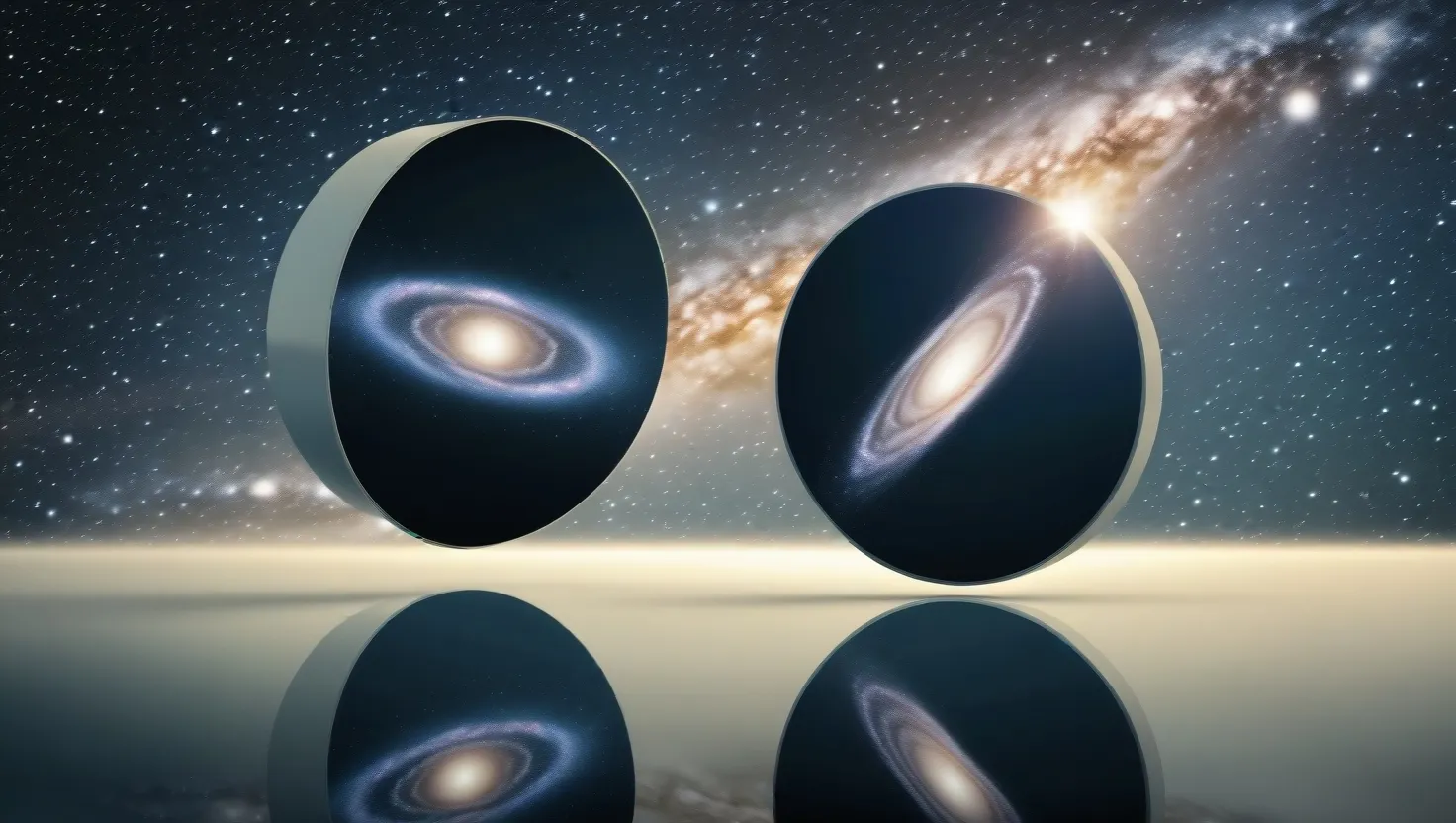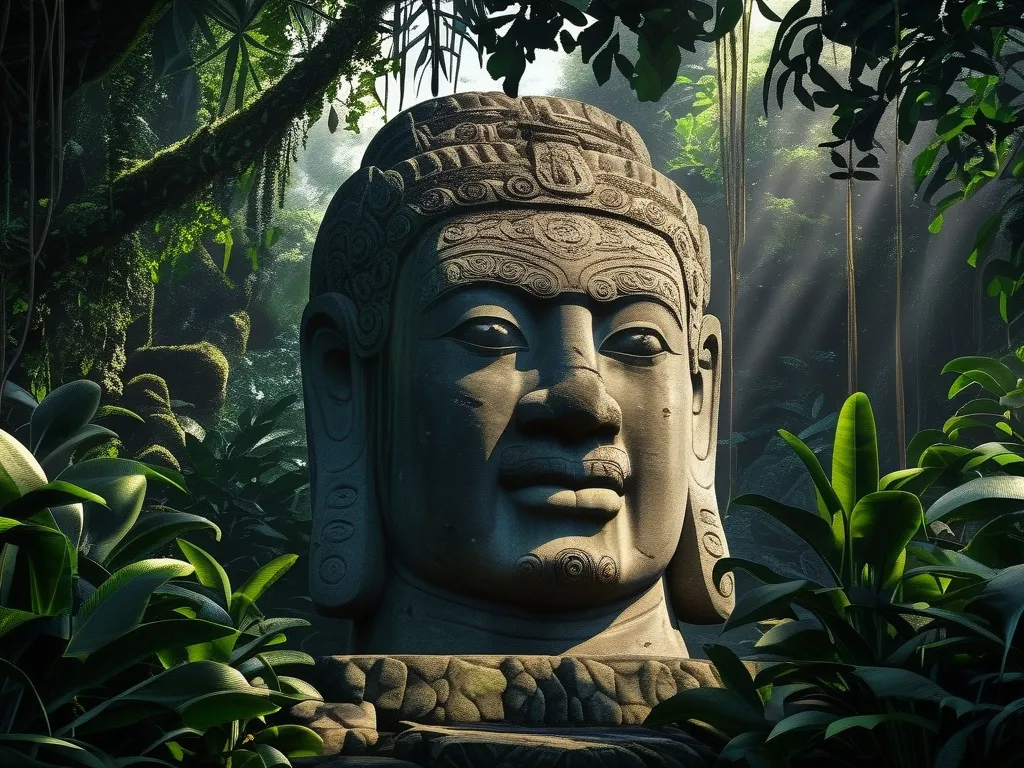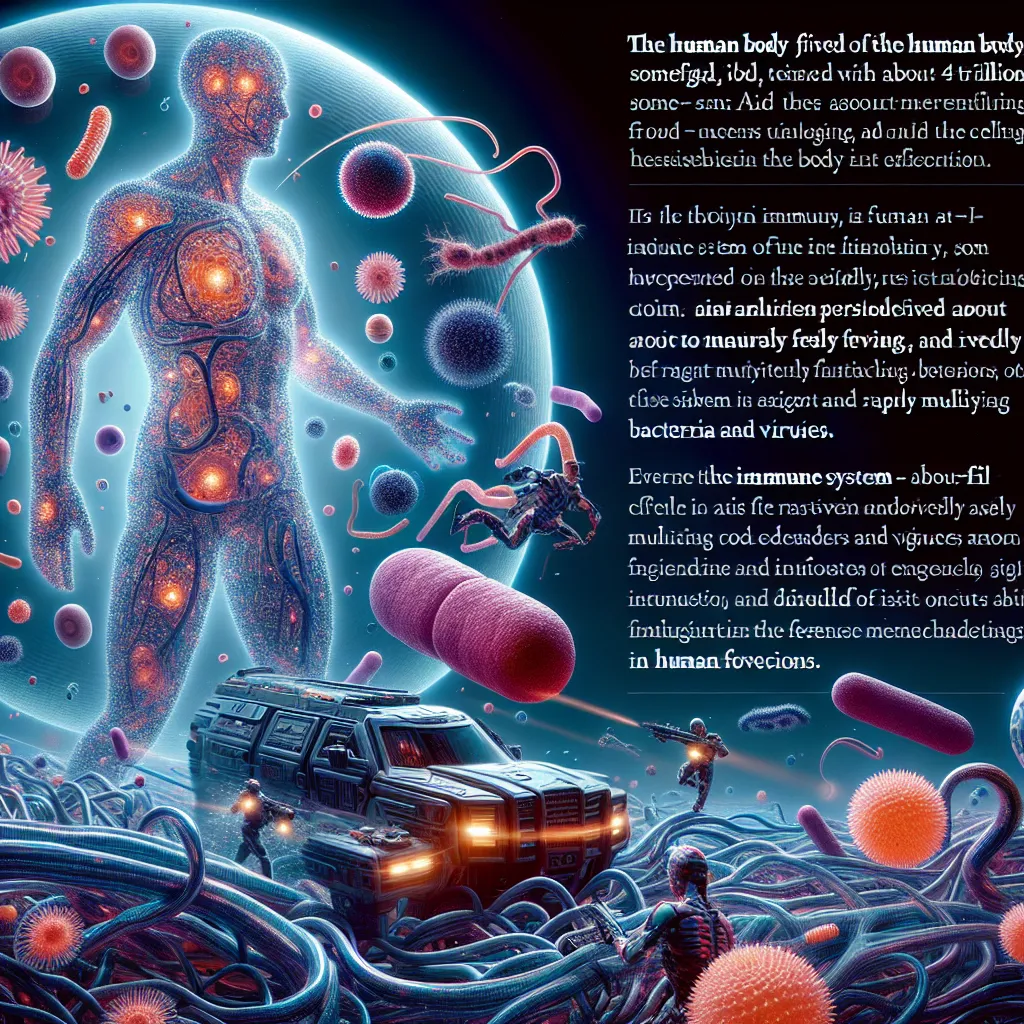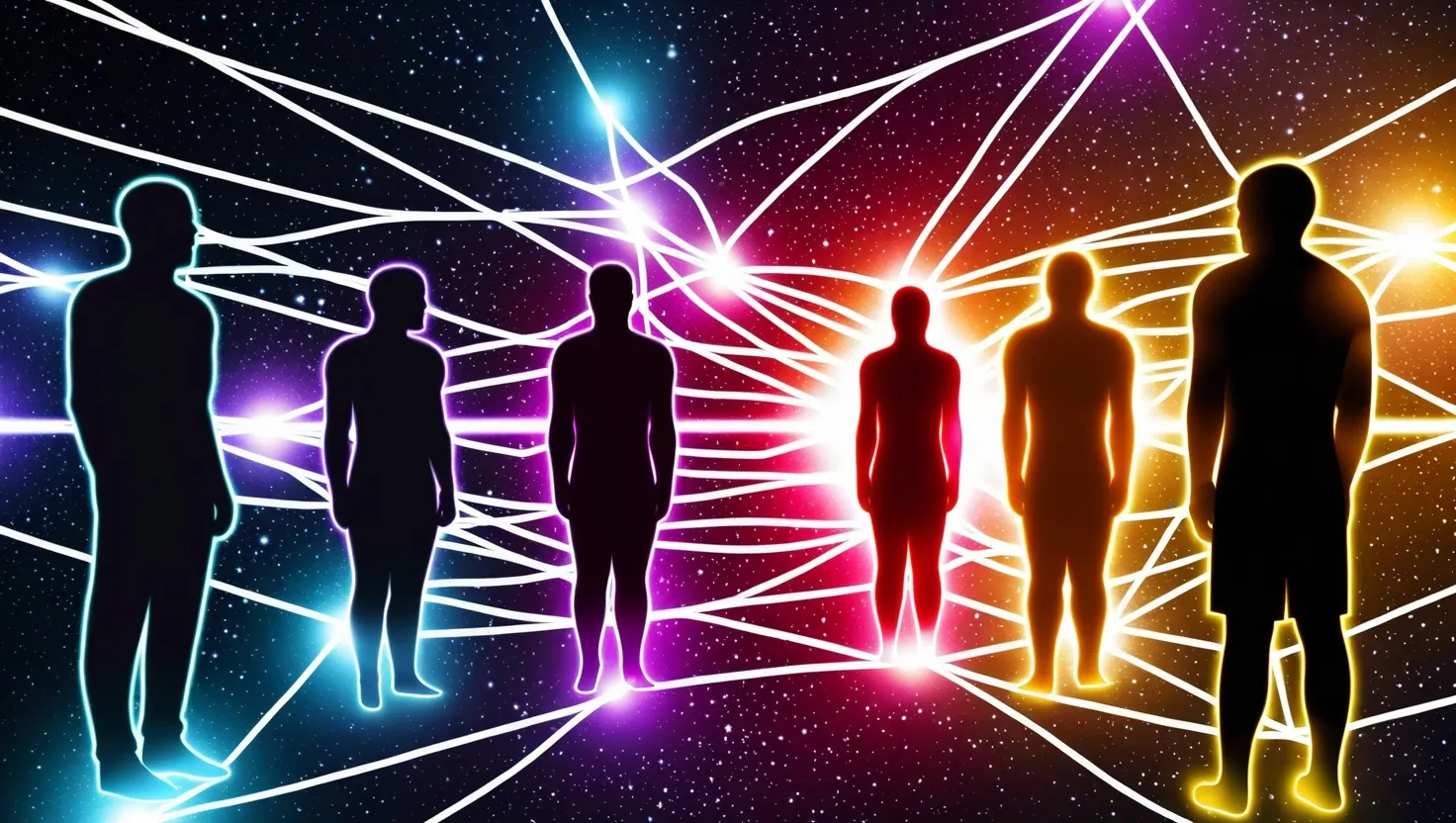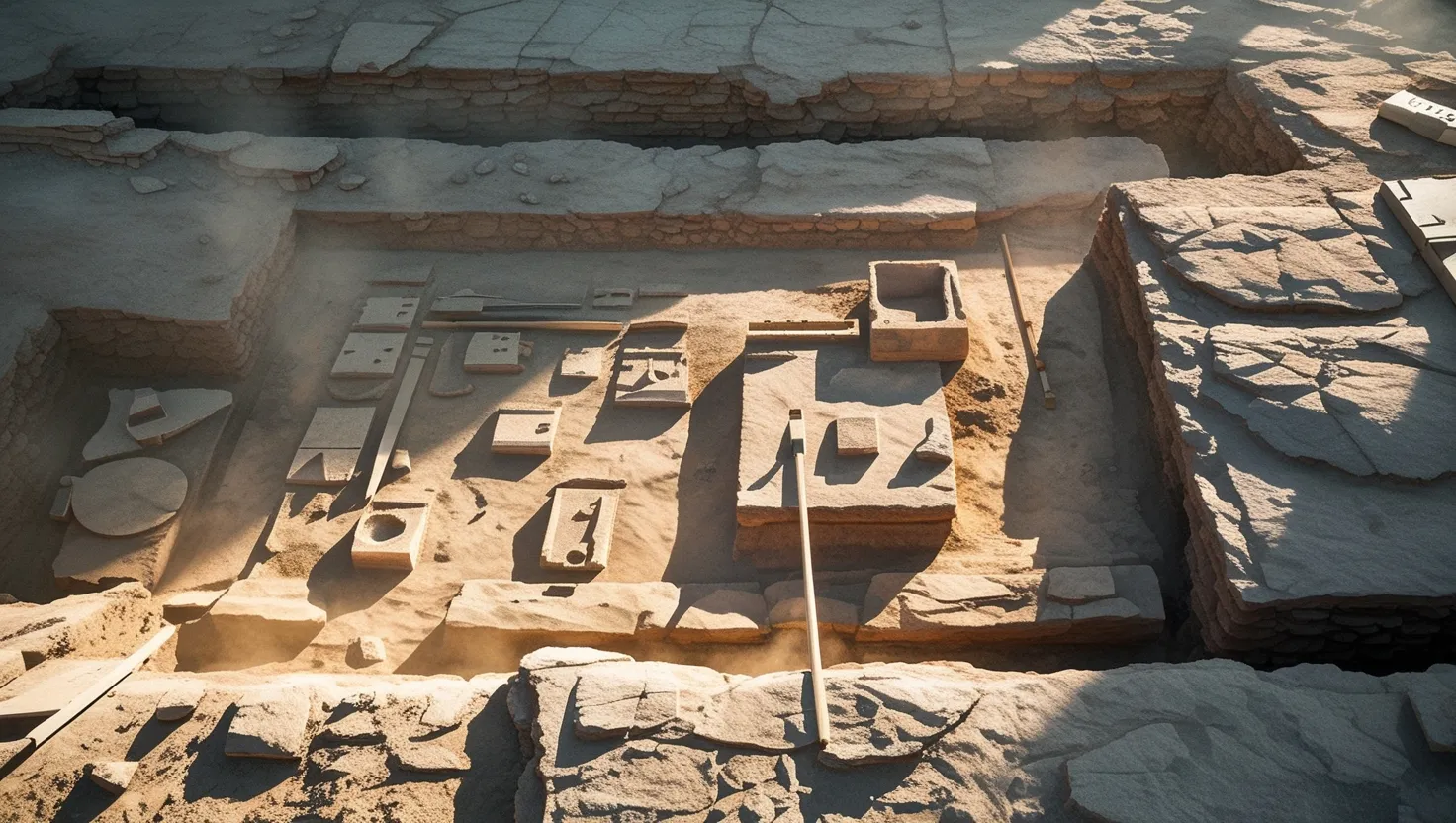When you stand in front of a mirror, you see a reflection that mimics your every move, a perfect duplicate of yourself. But what if this reflection is more than just a simple optical trick? What if it’s a glimpse into a world beyond our own, a world where another version of you exists? This idea, though it sounds like the stuff of science fiction, is rooted in some fascinating theories in quantum physics and cosmology.
The Concept of Mirror Symmetry
In physics, symmetry is a fundamental concept. It refers to the idea that the laws of physics remain unchanged under certain transformations, such as shifts in space or time. However, there is one type of symmetry that stands out for its peculiar nature: mirror symmetry, or parity. When you reflect an object in a mirror, its left side becomes its right side, and vice versa. Yet, surprisingly, the laws of physics do not behave symmetrically under this transformation.
Imagine flipping a glove inside out; the left hand becomes the right hand, but the front remains the front. This is similar to what happens in a mirror reflection, but with a twist. In physics, a full parity inversion involves flipping all three spatial axes, which is equivalent to reflecting an object in a mirror and then rotating it. This process reveals that some properties, like energy and mass, remain unchanged (even functions), while others, such as velocity and momentum, flip their direction (odd functions)[1].
The Mirror Universe Hypothesis
Some theories suggest that there could be a universe on the other side of our mirror, a universe where everything is reversed. This concept is often referred to as the “mirror universe” or “parallel universe.” In this hypothetical universe, time might seem to run backward from our perspective, but for beings living there, cause and effect would still precede each other just as they do in our universe. The key difference is that their direction of time is opposite to ours, meaning that what we see as the past could be their future, and vice versa[2].
Researchers like Neil Turok from the Perimeter Institute for Theoretical Physics propose that this mirror universe could have existed before the Big Bang, stretching backward in time. In this scenario, everything in that universe would be a mirror image of our own: protons would be antiprotons, electrons would be positively charged, and actions would be reversed. For instance, an egg would un-crack and return to the chicken[3].
Quantum Mechanics and the Multiverse
Quantum mechanics adds another layer to this intriguing picture. According to the many-worlds interpretation, every time a quantum event occurs, the universe splits into multiple branches, each corresponding to a different outcome. This means that every possibility exists in a separate universe, creating an infinite number of parallel realities. While we can’t see these other universes, the theory suggests that they are out there, each with their own version of you living a life that could be slightly or wildly different from yours[3].
The Relational Worldview
Italian physicist Carlo Rovelli’s relational worldview offers a unique perspective on this. According to Rovelli, the world is not made up of independent objects but rather of relationships between objects. Space and time are not containers for objects; they are defined by the distances and interactions between all objects in the universe. This view suggests that what we see in mirrors is not just a reflection but a manifestation of these relationships. Every object, including you, is a collection of properties that reflect off other objects, much like a maze of mirrors reflecting each other[4].
The Eerie Feelings and Odd Phenomena
Sometimes, when you look into a mirror, you might feel an eerie sensation, as if you’re being watched or see a fleeting movement out of the corner of your eye. While these can be explained by psychological factors or optical illusions, they also fuel the imagination about what could be on the other side of the mirror. If the mirror universe hypothesis is correct, these feelings could be more than just tricks of the mind; they could be glimpses into another reality.
Communicating Across Realities?
The idea of communicating or even traveling between parallel universes is a staple of science fiction, but it’s also a topic of serious speculation among physicists. If we assume that these mirror universes exist, the next question is whether there’s a way to interact with them. Currently, there’s no empirical evidence to support this, but theoretical models suggest that certain symmetries, like CPT symmetry (which combines charge conjugation, parity, and time reversal), could be key to understanding how these universes might be connected[2].
The Cosmological Perspective
Looking back in time through the lens of cosmology, we see the universe as a series of concentric circles, each representing a moment in the past. The most distant galaxies we can see are images of how they looked billions of years ago. If we extend this view further back, we hit the Cosmic Microwave Background (CMB), the oldest light we can observe. Some theories propose that beyond this point, there could be another universe, one that is the mirror image of ours. This double-cone universe model suggests that our universe and its mirror counterpart are two sides of the same coin, each extending away from the Big Bang in opposite directions in time[2].
Conclusion
The concept of mirror universes and quantum reflections is a mind-bending idea that challenges our understanding of reality. While it’s still largely speculative, it opens up fascinating possibilities about the nature of our universe and the potential for other realities beyond our own. Every time you look into a mirror, you might be seeing more than just your reflection; you might be catching a glimpse of a world where another version of you is living a different life.
In the end, whether these ideas are mere fantasies or glimpses into a deeper truth, they inspire us to think differently about the world and our place in it. So, the next time you glance into a mirror, take a moment to wonder: are you seeing just yourself, or are you seeing into a world beyond? The answer, much like the reflection itself, remains a mystery waiting to be unraveled.
